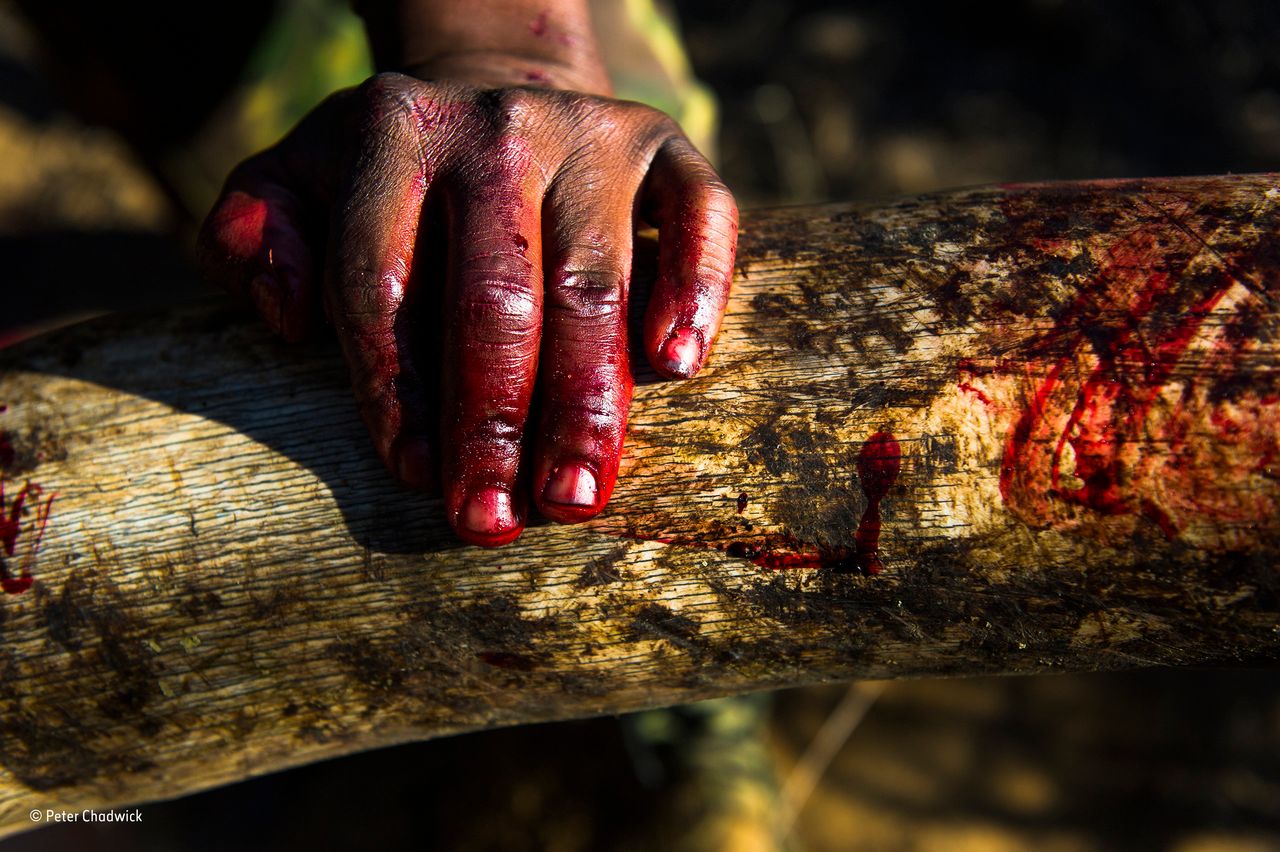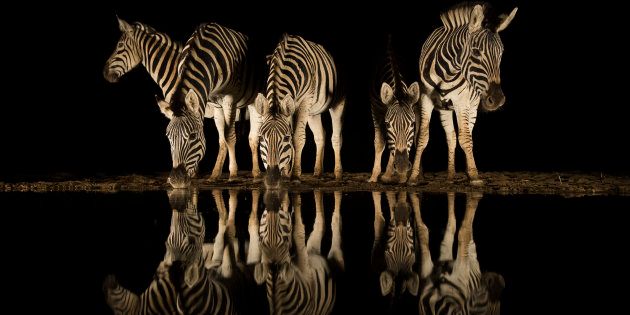The finalists for the New York Natural History Museum's Wildlife Photographer of the Year People's Choice Award have been announced, and three South Africans have made it onto the revered list.
The award is the longest-running and most prestigious competition of its kind, and is an important part of the museum's mission to evoke affinity with nature and curiosity about the natural world.
Check out the work by the three South Africans nominated, and vote for them here. Voting for the People's Choice Award is open until 12.00 (GMT) on Monday, February 5, 2018.
Nightcap by Charl Senekal

For Charl, nothing beats the excitement and anticipation of sitting in wait at a waterhole during the dry season, knowing that anything can appear out of the darkness. The herd of zebra in Zimanga Game Reserve surpassed his wildest wishes, and the still conditions resulted in a near-perfect reflection.
Bloody Ivory by Peter Chadwick

In a protected area of Zululand, a ranger's bloody hand rests on a heavily grained ivory tusk, also covered in the blood of an African elephant. The bull had to be destroyed due to a severe tusk infection that couldn't be treated. The tusks were removed to a place of safekeeping, where they were carefully catalogued in accordance with legislation.
What Are You Looking At? by Jan Kolbe

Jan spotted this small southern white-faced owl in a tree at a campsite in the Kgalagadi Transfrontier Park. These owls have black-tipped "ear" tufts and usually lay their eggs in the old nests of other birds. Jan was able to frame a shot of this striking bird looking down at him, as it didn't seem bothered by the comings and goings of the campsite.
